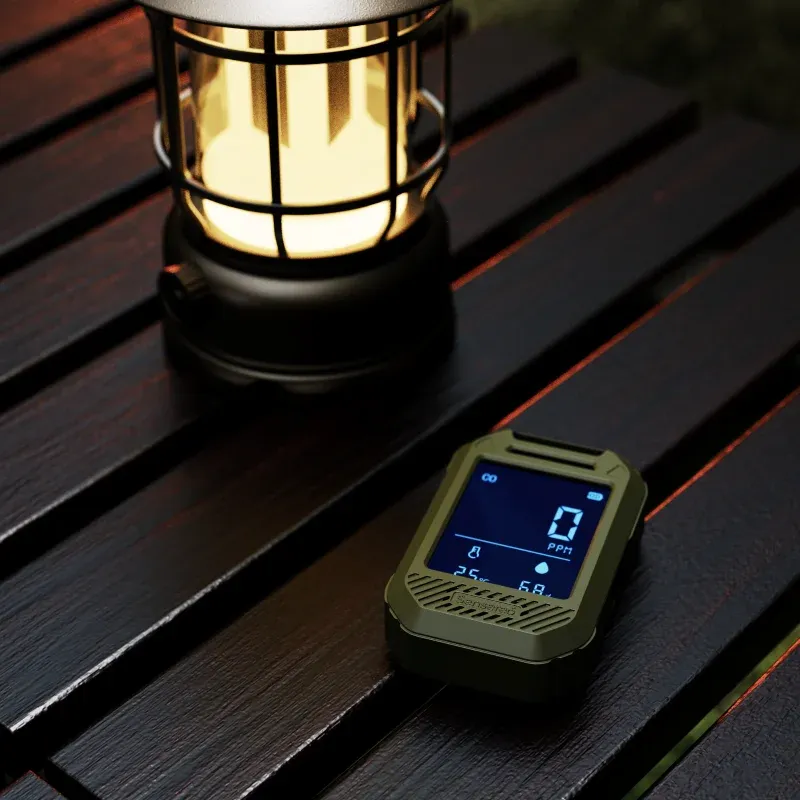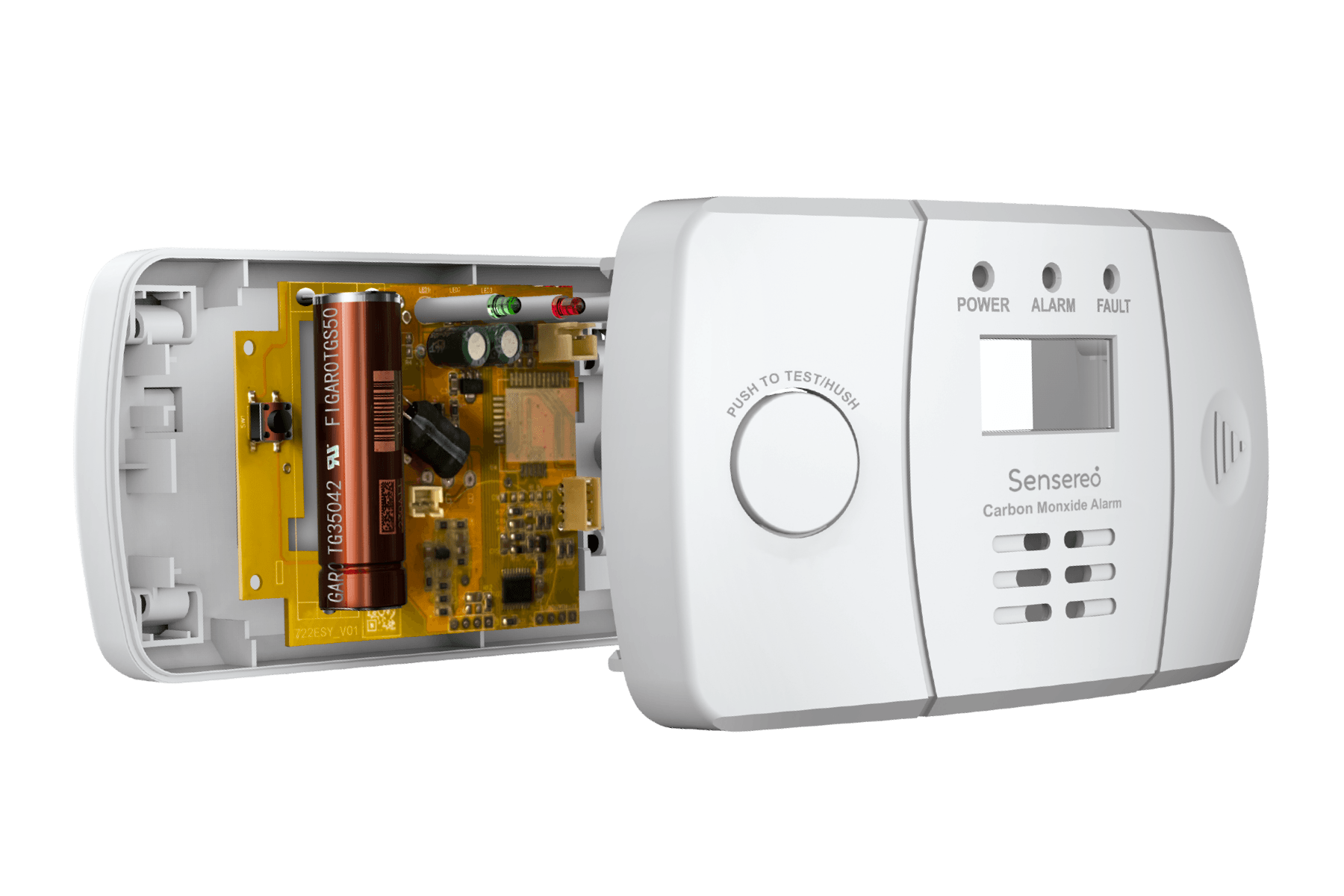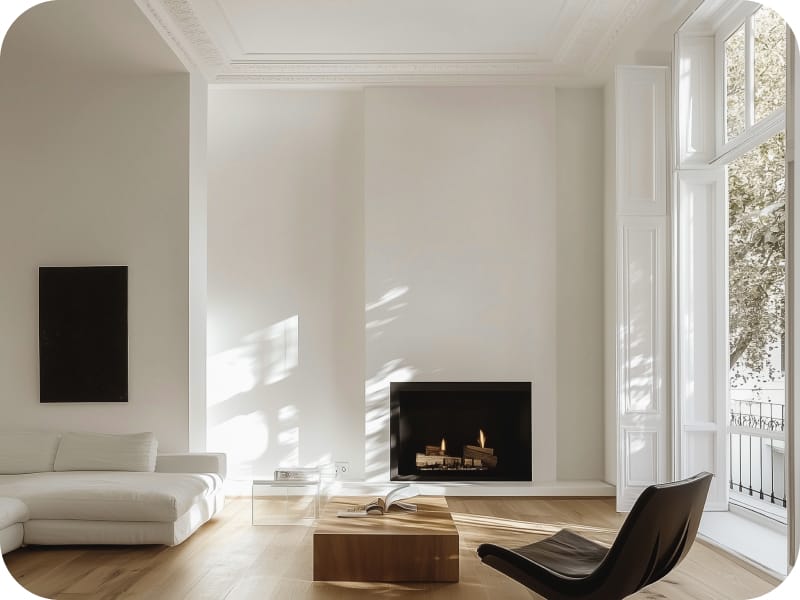Brief Summary:
Apartment living offers convenience and a compact lifestyle, but it also presents unique challenges for home safety. Unlike a large house where you can install hardwired systems, apartment dwellers and renters need a solution that is both effective and non-intrusive. The key is to find a carbon monoxide detector for small areas that combines powerful protection with a compact, easy-to-install design.
This guide will walk you through the essential features of the best carbon monoxide detector for apartments, studios, and small homes. We’ll discuss where to place them for maximum effectiveness, and we’ll show you how a modern, battery powered carbon monoxide detector is the perfect solution for your space.
The Unique Safety Needs of Apartments
Small spaces have their own set of risks and requirements. In an apartment, CO gas can reach dangerous levels quickly due to the reduced air volume. A faulty appliance in your unit or even a leak from a neighboring apartment or a common area can pose a serious threat.
For renters, hardwired detectors are not an option. You need a device that can be easily installed and removed without leaving a trace. A compact carbon monoxide detector meets this need perfectly, offering a “set it and forget it” solution that doesn’t compromise on safety.
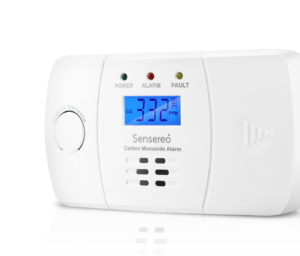
Key Features to Look for in an Apartment Detector
When searching for the best carbon monoxide detector for your apartment, keep these key features in mind.
- Compact design:Choose a compact carbon monoxide detector that blends with your decoration and doesn’t get in the way of your daily routine.
- Ease of installation: Look for models with easy-to-follow instructions and all the mounting gear you’ll need. Most battery powered carbon monoxide detectors are true DIY-friendly!
- Battery life: Longer battery life (typically 10 years) or reliable backup means greater peace of mind, especially if there’s a power outage.
- Smart features: Some detectors now offer Wi-Fi alerts, mobile notifications, or seamless integration with home automation. Handy when you’re away or want remote monitoring.
- Test/Silence button: This makes managing false alarms so much easier. Just press a button instead of scrambling for a ladder.
Don’t forget to factor in certifications and warranty length too. A little extra research here pays off big in long-term reliability.
A Practical Guide: Where Do I Install a Carbon Monoxide Detector in an Apartment?
Correct placement is as important as the device itself. Follow these guidelines for a single-level apartment or a small home to ensure you have the best possible coverage.
- Near Sleeping Areas: The number one rule is to place a detector in the hallway or area directly outside of all bedrooms. This ensures that the alarm will wake everyone while they are asleep.
- In the Main Living Space: In an open-concept apartment or studio, place the detector in the central living space where you spend most of your time. This ensures you’re protected whether you’re relaxing, cooking, or sleeping.
- Near Potential CO Sources: If your apartment has a gas stove, a gas fireplace, or a furnace, place a detector within 10-15 feet of these appliances.
- On the Wall, Not the Floor: Contrary to a common myth, CO gas mixes with air and does not sink to the floor. Experts recommend placing detectors at chest level or higher on a wall to ensure the alarm is heard and the sensor is not blocked by furniture. Avoid placing them near windows, vents, or in direct sunlight.
- Follow manufacture’s instructions: Different brands may have unique regulations. Strictly follow the steps on products’ manual.
Our Top Pick: The Ideal Solution for Apartment Living
The Sensereo C-1 is a perfect example of a device designed for apartment and small-space living. It combines all the essential features into a powerful, reliable package that requires no hardwiring.
- A True Carbon Monoxide Detector for Small Areas: The C-1 is a compact carbon monoxide detector that is both discreet and easy to mount anywhere.
- Hassle-Free Power: With a sealed 10-year battery, the C-1 is a pure battery powered carbon monoxide detector. You can install it and forget about it, knowing you’re protected for an entire decade without the stress of battery changes.
- Advanced Features: It comes equipped with a highly accurate electrochemical sensor and a digital display to show real-time CO levels.
The Sensereo C-1 is an ideal solution for anyone seeking reliable safety without the complexity of a hardwired system.
Maintaining Your Carbon Monoxide Detector for Longevity
I advise everyone no matter the detector model to put detector maintenance on their calendar. Here’s what works best: Test your compact carbon monoxide detector once a month by pressing the test button. Replace batteries at least once a year or sooner if you hear a low battery chirp. Dust and gently wipe down the unit so that airborne debris doesn’t block the sensor. Consider environmental factors. High humidity or temperature extremes can throw off readings, so be proactive if you live in such areas. Replace the entire detector every 5-7 years as per manufacturer.
With these steps, keeping your carbon monoxide detector functioning optimally is genuinely easy, and it’s one of the simplest ways to protect everyone in your home for years to come.
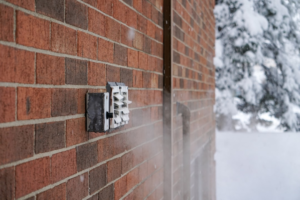
FAQs for Apartment Dwellers
Q: Do I need a CO detector in an all-electric apartment?
A: Yes. While an all-electric unit reduces the risk, CO can still enter your apartment from a neighboring unit, a faulty appliance in a common area, or even a vehicle left running in an attached garage. A detector is always a smart investment.
Q: How many detectors do I need for my apartment?
A: At least one detector should be installed near sleeping areas, and ideally one on every level of your apartment if it has multiple floors. For small apartments, a single strategically placed carbon monoxide detector for small areas may be sufficient.
Q: Where is the best place to put a carbon monoxide detector in an apartment?
A: The best location is near bedrooms and common living areas, close to potential CO sources like a gas stove or furnace, but not right next to them. Following the general rule of placing detectors about five feet above the ground ensures accurate detection.
Q: Can carbon monoxide detectors detect small amounts?
A: Yes. Quality detectors are designed to sense even low levels of CO before they reach dangerous concentrations. A compact carbon monoxide detector is just as effective in detecting small amounts as larger models, making it ideal for apartments and small living spaces.

